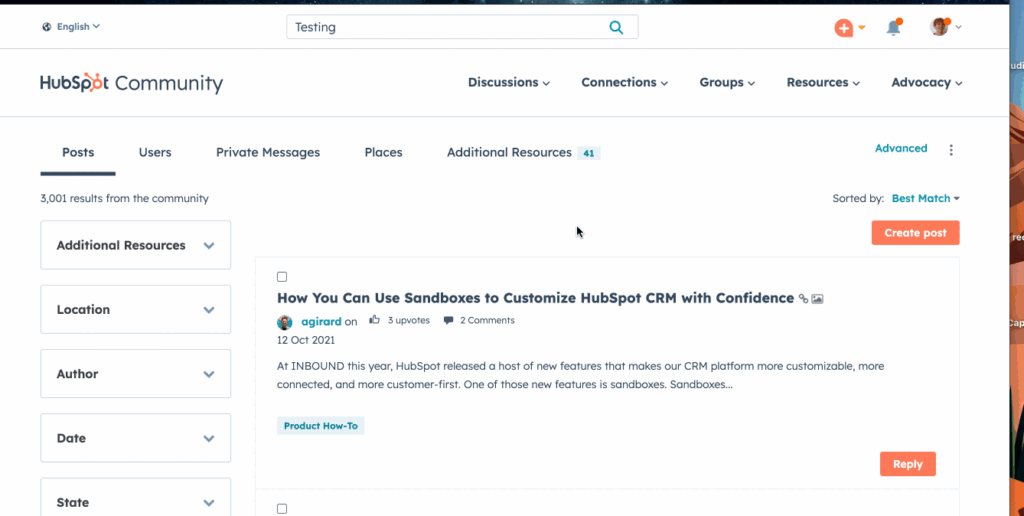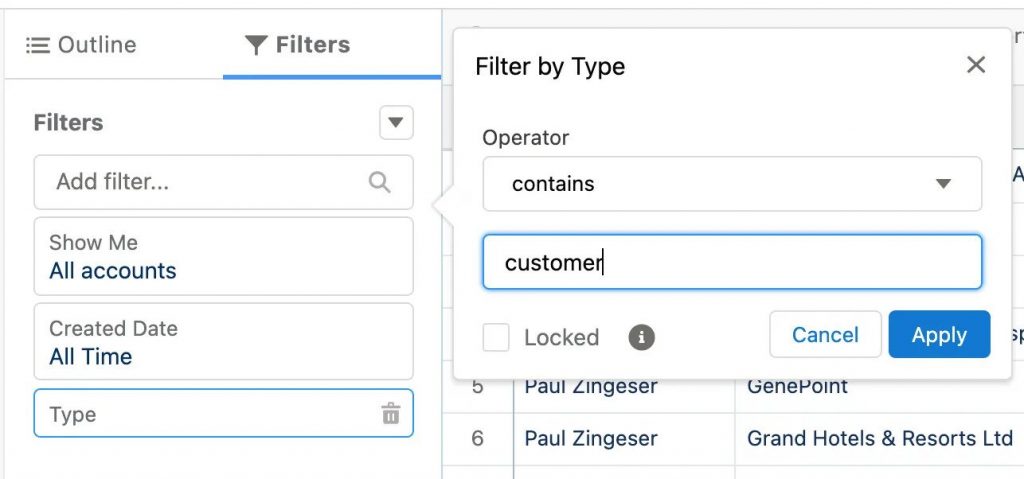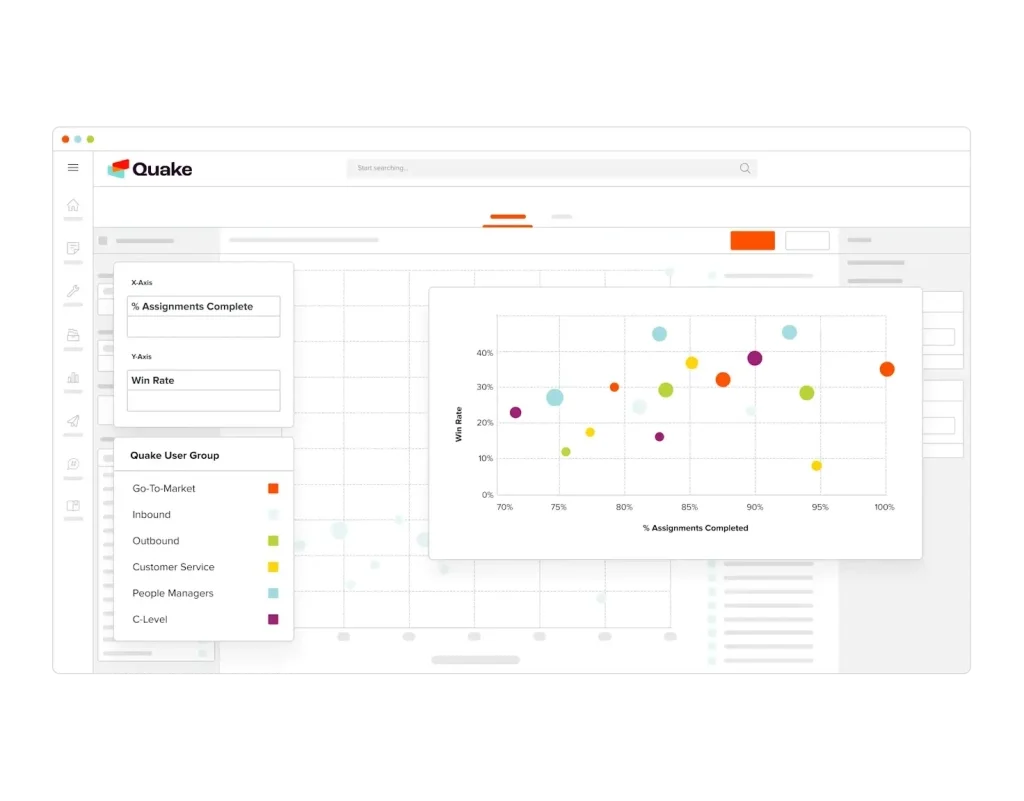What is sales software?
Sales software is a digital tool designed to streamline sales operations, enhance efficiency, and improve revenue generation by automating tasks and providing valuable insights into customer relationships and sales processes. This guide will walk readers through the different kinds of software available to sales departments, examine current industry trends, and provide a case study of a market-leading solution.
Based on our evaluation of more than 30 titles, here are our recommendations for the top sales software in 2024:
- HubSpot Sales Hub: Best CRM for ease of use
- Salesforce Sales Hub: Best CRM for enterprises
- Seismic: Best sales enablement software for enterprises
- LevelEleven: Best sales gamification software
- MindTickle: Best sales training software
- Zoominfo Sales OS: Best sales intelligence software
- LeadSquared: Best lead management software
- Pipedrive: Best pipeline management software
Our choices for the best sales software in 2024
HubSpot Sales Hub: Best CRM for ease of use
Pros
Cons
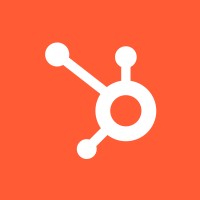
Our Rating: 4.5/5
HubSpot is a comprehensive cloud-based CRM solution launched in 2006 that aids businesses in bringing in leads, closing deals, and attracting visitors. Its user-friendly interface (UI) lowers the learning curve and makes it simple to operate. Because of its comprehensive free plan that offers a wide variety of functionalities, HubSpot is a well-liked CRM choice for startups and small businesses.
The platform is a leader in sales and marketing automation. Its products automate tedious tasks so businesses can put strategy ahead of day-to-day operations. Even in the free tier, reporting and analytics tools provide deep insights into sales KPIs and performance.
HubSpot’s emphasis on inbound marketing is seen in its email management and marketing automation products. By connecting with more than 200 technologies, HubSpot’s extensive integration capabilities assist businesses in building a cohesive tech stack.
Another important callout is its native capability and ecosystem coherence, particularly in content management and marketing automation. Scalability may be expensive, but its free features, ease of use, and marketing support make it a great choice for businesses looking for effective online growth and sales.
Salesforce Sales Hub: Best CRM for enterprises
Pros
Cons

Our Rating: 4.2/5
For many years, Salesforce CRM has dominated the business space, and much of its influence is warranted. It is a formidable competitor in the market thanks to its extensive feature set, scalability, and creative approach to customer relationship management.
Although many large-scale enterprises benefit greatly from Salesforce’s many capabilities and customization choices, novice users may find the platform to have a high learning curve. Because of the platform’s depth and ability to be extensively tailored, using it may need a high level of skill and training. Organizations may have to pay more as a result of the time and materials needed for training.
Salesforce’s strong feature is its integration capabilities, which provide links to a wide range of business apps. However, there are occasions when this connectivity can become complicated, especially when handling and debugging cross-system integrations.
In general, the user experience is easy to use, and new features are added often. However, some users could find it difficult to stay up to speed with the regular upgrades, which might cause disruptions to workflows as teams adjust to the new capabilities.
Although Salesforce’s Einstein Copilot AI additions and mobile experience improvements are impressive and put the platform at the forefront of innovation, keep in mind that there is a significant cost involved in using these state-of-the-art features.
Also read: CRM Software Guide
Seismic: Best sales enablement software for enterprises
Pros
Cons

Our Rating: 4.2/5
Seismic is a sales enablement platform designed to support customer-facing teams by providing them with the necessary skills, content, tools, and insights to enhance client engagement and business growth. Its key features include sales content management, learning and coaching, buyer engagement, content automation, strategy and planning, and enablement intelligence.
Also read: Sales Enablement Software Guide
LevelEleven: Best sales gamification software
Pros
Cons

Our Rating: 4.3/5
LevelEleven is a complete sales performance management solution that boosts sales team productivity and engagement. Gamification creates a competitive but collaborative environment to motivate teams to meet goals. Personalized scorecards track sales performance, real-time TV broadcasts celebrate successes and create a competitive atmosphere, and data-driven coaching tools offer actionable feedback for sales improvement.
LevelEleven is updated to maximize user benefits. Recent updates have improved user experience and feature functionality. The platform now has better data visualization and integration tools to help sales teams track progress and managers find coaching insights.
LevelEleven promotes sales habits through contests, leaderboards, and Channel11 broadcasts, encouraging friendly competition and celebrating success. Its engagement tools help teams focus on key metrics, and its coaching features help every team member succeed. Goal Engine allows goal adjustments and provides realistic target-setting insights.
Also read: Sales Gamification Software Guide
MindTickle: Best sales training software
Pros
Cons

Our Rating: 4.4/5
A comprehensive platform for sales training and readiness, MindTickle aims to improve the abilities and productivity of sales teams. It promises to improve performance through dynamic, tailored training experiences and acts as a link between traditional learning management systems and the specific needs of sales organizations. In order to motivate and engage users, MindTickle uses gamification, which incorporates competitive elements like points, badges, and leaderboards into the learning process. In order to guarantee that training is pertinent and focused, the platform also provides customized learning paths based on the unique requirements and performance levels of each sales representative.
Important characteristics include the ability to create interactive training materials, tests, and role-play scenarios. Managers can identify areas where learners excel or need improvement by using analytics and reporting tools, which give them insights into team performance. Sales representatives can interact with training materials anytime, anywhere thanks to mobile accessibility, which helps them fit learning into their hectic schedules.
With recent updates, MindTickle’s user experience has been improved, and it can now integrate with more sales and productivity tools, giving sales teams easy access to training within their current workflows.
Zoominfo Sales OS: Best sales intelligence software
Pros
Cons
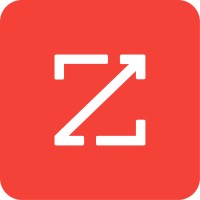
Our Rating: 4.3/5
ZoomInfo SalesOS, a sales intelligence platform, gives sales and marketing professionals powerful insights and tools to boost lead generation and engagement. It offers a wide contact database allowing sales teams to search for potential clients directly. In the 2023 release notes, ZoomInfo SalesOS included some essential features to improve its B2B functionality.
Advanced targeting and segmentation features, database advancements, and sales automation and workflow tools are among the updates. Upgrades provide users more insights into possible leads and industry trends, enabling more targeted and effective outreach methods.
ZoomInfo SalesOS’s interface upgrades and easier navigation demonstrate its creativity. These improvements allow users to easily access insights to develop sales strategies and make educated decisions.
Also read: Sales Intelligence Software Guide
LeadSquared: Best lead management software
Pros
Cons

Our Rating: 4/5
LeadSquared is a SaaS platform that automates sales, marketing, and onboarding for firms with large lead volumes across many sales channels and teams. As a lead management software, it captures, tracks, and nurtures prospects along the sales funnel, automates marketing, and provides thorough insights to enhance sales operations. Lead management, task management, automation, and organization settings have been improved in recent platform versions.
To improve security, attachments posted to activities and lead notes, for example, are automatically tagged private. Additionally, new features have been introduced to allow for more flexible task management and automation. LeadSquared features enhanced lead, user, activity, task, and platform settings, including new user fields, team creation possibilities, and task filtering options.
LeadSquared also caters to a wide range of industries, including education, healthcare, financial services, real estate, and more, showcasing its versatility and ability to meet diverse business needs. Its strong capabilities in lead management are reflected in its overall rating of 4.3 out of 5, with high marks for ease of use, customer support, and functionality.
Also read: Lead Management Software Guide
Pipedrive: Best pipeline management software
Pros
Cons

Our Rating: 4.2/5
Pipedrive is known for being an easy-to-use CRM system with a pipeline management focus. The primary features that set it apart from the competition are its user-friendly design, customizable pipelines, extensive contact management, effective deal tracking, and strong interaction possibilities with several applications.
Pipedrive’s AI-powered Sales Assistant, launched in 2023, is the company’s first AI feature. It analyzes sales pipelines and actions to recommend the best course of action for deals. A new Power price category for bigger teams, email multi-sync for managing multiple email accounts, automated assignment for lead distribution, booster add-on packs for increasing feature restrictions, and the Projects add-on for project administration are among the other noteworthy improvements. The Insights feature also has upgrades for 2024, now including percentage breakdowns, increased segment size, and the option to filter out deactivated users on reports and dashboards.
Find your new sales software
Key components of sales software
Sales software, developed to expedite and improve the sales process, includes several tools for sales operations. From lead generation to completing transactions and post-sale customer management, sales software covers the complete sales lifecycle. These crucial elements are listed below:
CRM
CRM’s monitor all interactions and sales progress using lead and contact management, ensuring no opportunity is missed. Opportunity management in CRMs lets sales teams find, monitor, and evaluate sales possibilities for real-time strategic decision-making. A comprehensive perspective of client contacts and sales prospects lets firms customize sales tactics to consumer demands.
Automating sales
Automation of routine duties like email follow-ups, work assignments, and event alerts frees up salespeople to concentrate on more strategic responsibilities. Sales procedure management ensures consistency and efficiency by guiding sales teams through a standardized process. Automation improves efficiency and customer experience by assuring timely and appropriate interactions. Artificial intelligence tools have significantly improved automation within CRM systems.
Data analysis and reporting
This component predicts sales patterns using past data, improving strategic planning and decision-making. The detailed monitoring of sales activities, outcomes, and team performance against defined objectives reveals which techniques are succeeding and which require improvement.
Creating leads
Lead generation technologies help find and acquire leads via digital marketing, social media, and networking. These technologies rank leads by conversion probability, helping sales teams concentrate on the best prospects.
Sales aid
Content management systems (CMS) that make sales materials, presentations, and documents available are part of sales enablement. It includes sales team training and onboarding, giving resources and tools to help sales reps reach goals.
Tools for communicating
Email platforms and other communication solutions streamline client and sales team collaboration. Schedule, log, and occasionally record and transcribe calls/meetings using these tools to keep accurate records.
Sales analytics
Sales intelligence tools provide industry trends, customer behavior, and possibilities by analyzing rivals’ strategies. This information helps sales teams adjust their strategy to industry developments and remain ahead of the competition.
Manage quotes/proposals
Templates and pricing systems are used to create customized quotes and proposals. Simplified approval protocols speed up quote and proposal evaluation.
E-commerce
Integrating online sales channels with e-commerce platforms streamlines the process. Accepting many payment options simplifies the purchase experience.
Management and customer service
Post-sale support systems are essential for addressing queries, tickets, and continuing help, providing customer satisfaction and loyalty. Consumer input helps improve goods and services to meet consumer demands.
Productivity & teamwork
Shared calendars, document sharing, and communication tools boost team productivity. Mobile accessibility lets salespeople access information and accomplish work on the move, ensuring they have the tools they need when they need them.
What are some trends in sales software?
There are a number of trends currently shaping the sales software market. Factoring these trends into your buying decision will help you select products that offer the most long-term value. Here are a few of the most prominent:
Software-as-a-Service
Cloud technology has made strong inroads in almost every business IT vertical, and sales software is no exception. Cloud solutions are hosted on a remote server and accessed via web applications, which means they require very little IT maintenance. It also means they can save businesses thousands of dollars in upfront expenses through software-as-a-service (SaaS) pricing models. Unlike on-premise software, SaaS is licensed on a monthly subscription basis — typically based on the number of users. In 2013, cloud solutions accounted for 41% of all CRM purchases. That percentage will likely continue to rise as companies realize the advantages of virtual infrastructure and pay-as-you-go pricing.
Mobile
As the need for anytime access to software increases, vendors are increasingly directing their efforts to mobile development. Many modern sales solutions—whether CRM, business intelligence, or marketing automation—give users access to back-end systems, communication tools, and customer data from their mobile devices. That can mean a native application for a particular device platform (iOS, Android, Windows Phone) or a basic mobile web interface that optimizes for smaller displays and touch navigation. According to Forbes, 12.7% of full-time employees worked from home, while 28.2% worked a hybrid model in 2023. This means mobility in business software will soon shift from a luxury to a prerequisite.
Social integration
In recent years, social media has transformed the way businesses interact with their customers. Instead of waiting passively at the other end of a phone line or on the other side of a POS counter, brands can now court their target audiences online in a personally engaging way.
A recent Statista study shows 97% of internet customers utilize social media monthly. Thus, it is most customers’ main product information source. Additionally, 67% of customers expect brands and corporations to provide customer assistance on social media.Sales software that integrates with social media (such as Social CRM) lets businesses sell products, conduct marketing campaigns, deliver service solutions, and capture valuable data in a way that’s more personal than ever before.
Case study: Numeric.io
Solution: HubSpot CRM
Tierney Pretzer, growth leader at Numeric.io:
I’ve used a variety of sales tools (including SalesLoft, Outreach, Apollo, ZoomInfo, SalesForce, Seismic, and HubSpot).
Integrating HubSpot’s CRM into our daily operations has been a game-changer, especially for an early-stage company like ours. The platform’s seamless integration capabilities with the other tools in our techstack like WebFlow and Typeform allowed us to consolidate our tools into one cohesive system, reducing friction and streamlining our processes.
One tangible outcome was the significant improvement in our engagement rates for latent deals. With HubSpot’s sophisticated email marketing tools and list management features, we could re-engage with our latent pool pipeline effectively via webinars, content outreach, and through typical sales-led emails, which led to increased conversions to Closed Won from latent deals.
The ability to track and analyze customer interactions within a single platform enables us to tailor our strategies more effectively over time.
In summary, HubSpot CRM has empowered us at Numeric.io to enhance our sales processes through better integration, improved engagement, and insightful data analysis. It’s not just about having the right tools but using them effectively to connect with customers and drive growth.
Choosing the right sales software
In order to increase income, improve efficiency, and optimize sales operations, companies now find that sales software is an essential tool.
These systems provide the tools required to adjust to the changing sales environment, from configurable pipelines and extensive analytics to AI-powered sales help. Selecting sales software that is capable of growing alongside your business is even more crucial in light of recent upgrades that include the incorporation of AI and project management capabilities. Investing in a strong sales software solution is more important than ever for achieving sales success and being competitive as the sales environment changes.
Frequently Asked Questions (FAQ)
Our latest sales software coverage

CRM Implementation Guide: Overview, Steps & Best Practices
Are you looking to implement a new CRM in 2024? Read our complete guide to see the steps for a successful CRM implementation.

What Are the Different Types of POS Systems?
What POS system type is right for your business? Read this comprehensive guide for an overview on all the types of point of sale systems.
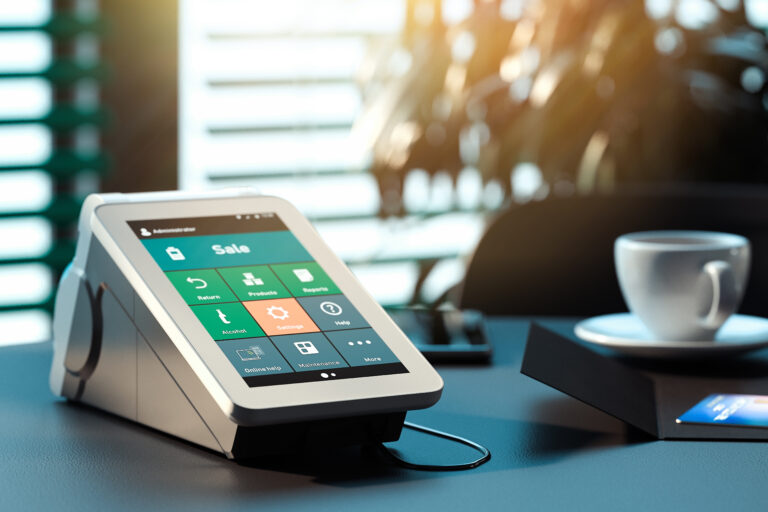
What is a POS Terminal?
What is a POS Terminal? A point-of-sale terminal is hardware that processes payments from customer purchases.

Best Mobile Credit Card Processing Solutions for 2025
Mobile credit card processing can help your business operate more effectively. Learn about on-the-go payment solutions using our guide.

What is CRM Software?
What is CRM Software? Learn more about the different types of CRM software available and how they can impact your business.

5 Best Credit Card Readers for iPhone
If you run a small business, manage a team of freelancers, or sell at events, having a reliable credit card readers for your iPhone can make all the difference. You want to take payments easily without worrying about complicated hardware, downtime, or hidden fees. After evaluating ten of the top solutions on the market today, […]
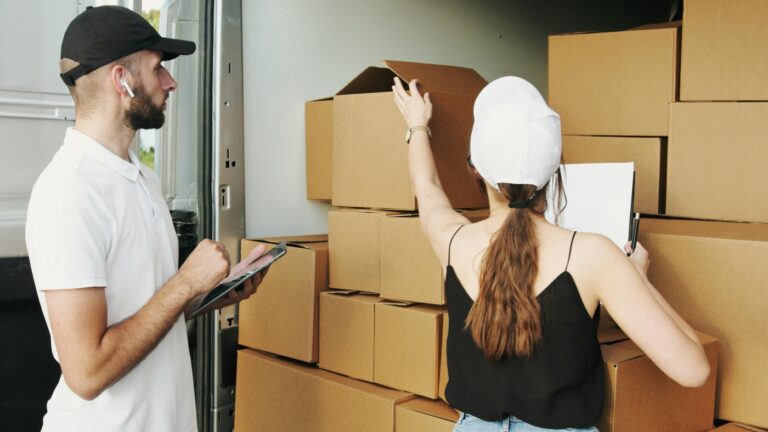
Best POS Inventory Systems
A POS system with built-in inventory management tools can streamline operations and workflows. See our expert picks below.

What is A POS Transaction? Detailed Guide for Merchants
Curious about POS transactions? Discover what a POS transaction is, how it works, and its importance for businesses in our comprehensive guide.

Best POS Hardware for Businesses
Expert guide to the best POS hardware on the market today.






